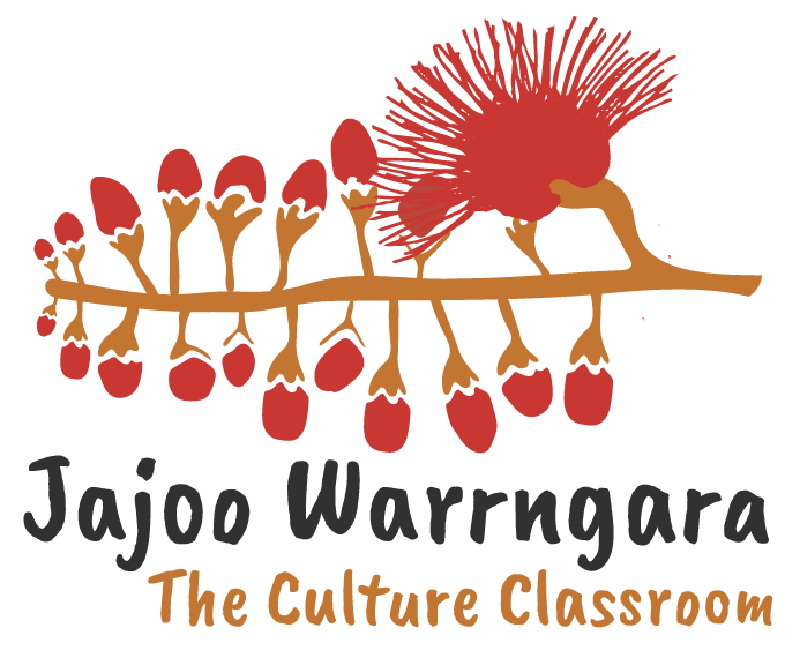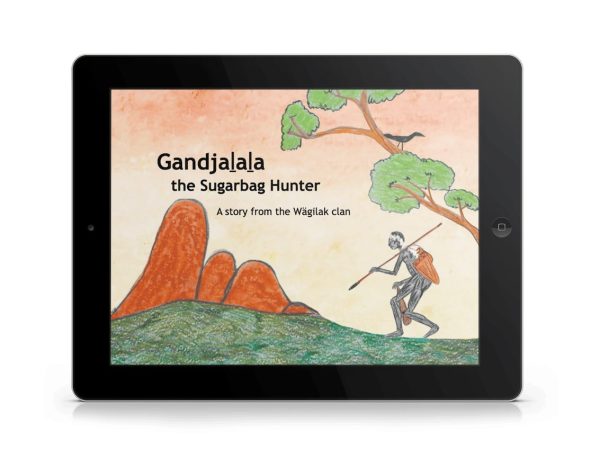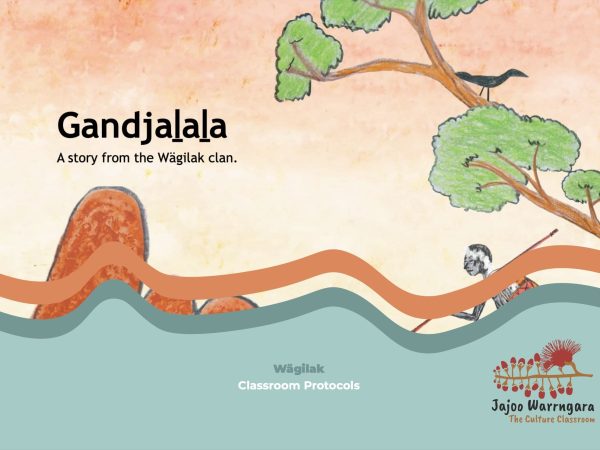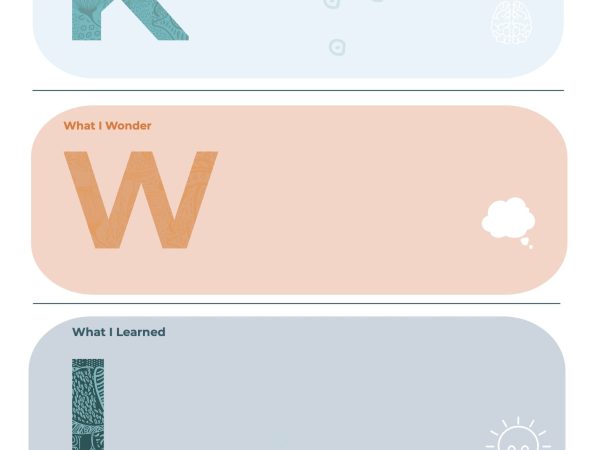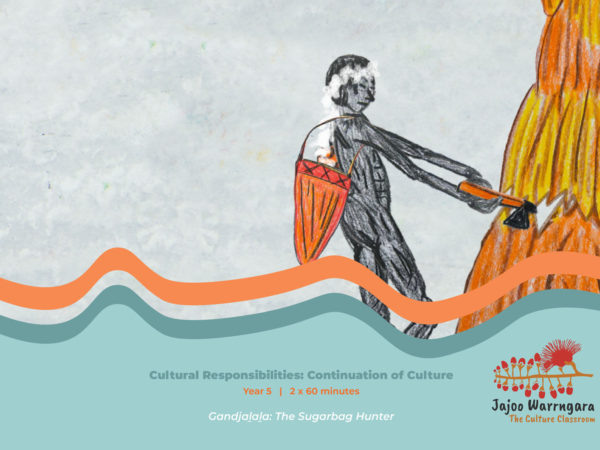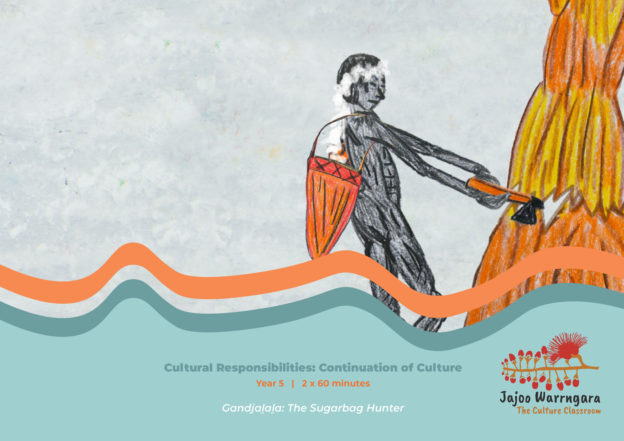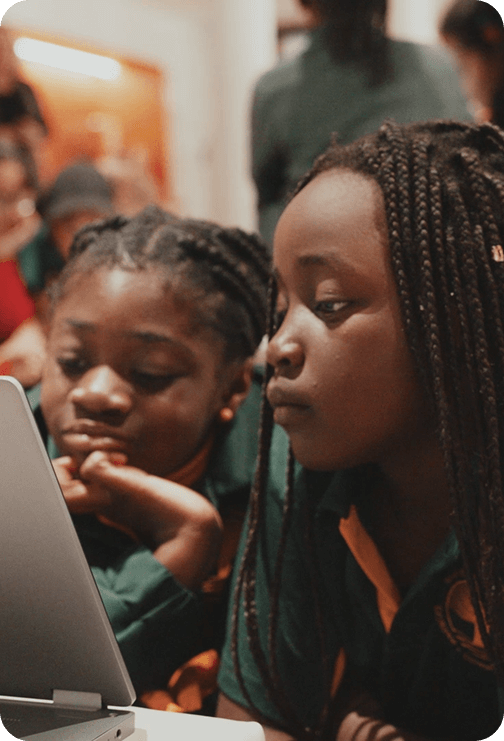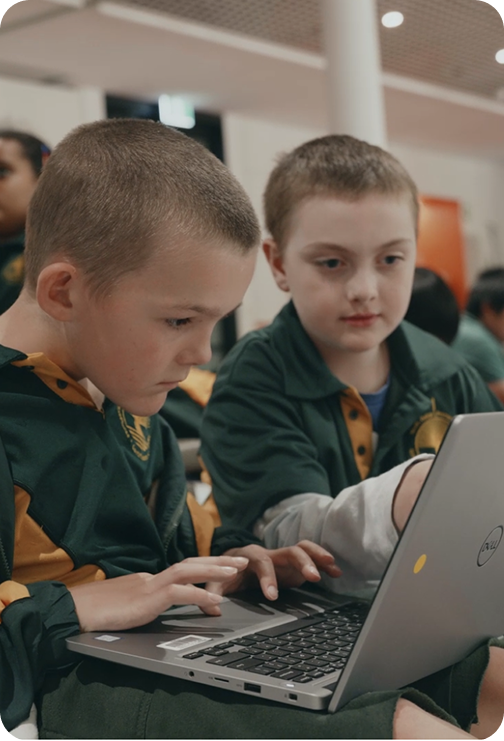Learning Areas
English | Aboriginal and Torres Strait Islander Histories and Cultures | HASS | Health and Physical Education
In this unit
This focus area concentrates on the role of culture in keeping Wägilak individuals and communities strong, and the reciprocal responsibilities of individuals and communities in protecting culture. It explores how the Gandjaḻaḻa story, when captured in the heart, gives strength and power and identifies how this is demonstrated in both the story and in the voices and cultural practices of the Wägilak people.
This unit includes:
Learning Areas
Cross Curriculum Priorities
Aboriginal and Torres Strait Islander Histories and Cultures
Related Units
Unit Content
